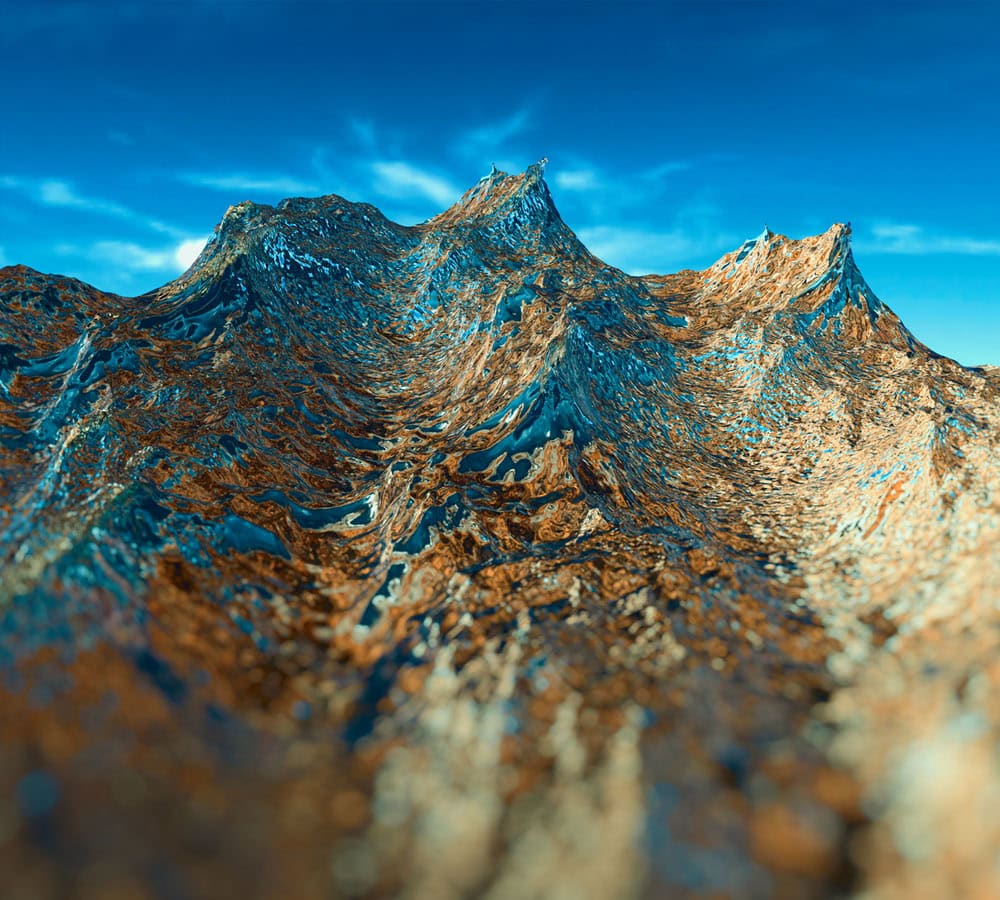Geological services
We provide expert geological, geochemical, and geophysical consulting. We offer you complete exploration services from grassroots to brownfields. From planning to execution, our tailored solutions include fieldwork, project management, and technical support.
We are committed to quality, safety, and sustainability, we excel in diverse environments—from the Arctic cold to the heat of the deserts.
Benefits
- Customised solutions for Your needs
- Tailored exploration strategies
- Support at all stages
- Save time
- Expert field personnel with global experience
- Cutting-edge research and data analysis
- Diverse software capabilities
- High-quality reporting practices
- Flexible collaboration options


Applications
Our geoscientific services support diverse applications, from resource exploration to environmental and engineering projects. We provide tailored solutions for subsurface studies and monitoring, ensuring precision and reliability.
-
Mineral, geothermal, and groundwater exploration
-
Environmental, archaeological, and civil investigations
- Subsurface mapping and 4D time-lapse monitoring
Specialised Expertise and Services
Our expertise extends beyond traditional exploration. It includes innovative deposit-type-based concept building, project generation, and management. We deliver complete exploration service packages, from desktop research to fieldwork, drill program planning, and supervision. Our methods integrate geology with advanced geochemical and geophysical techniques to design and execute exploration strategies tailored to your specific needs.

Technological and Analytical Capabilities
We leverage advanced software tools like QGIS, ArcGIS, Leapfrog, and Oasis Montaj for data processing, GIS mapping, and 3D modelling. Our data-driven approach includes geophysical QA/QC, geochemical data interpretation, and voxel model generation to provide comprehensive geological insights, ensuring informed decision-making for your projects.

Contact us for more information
You can always ask! More text can go here